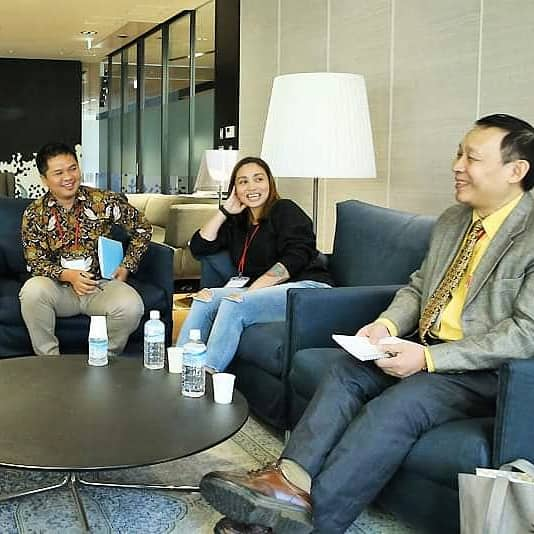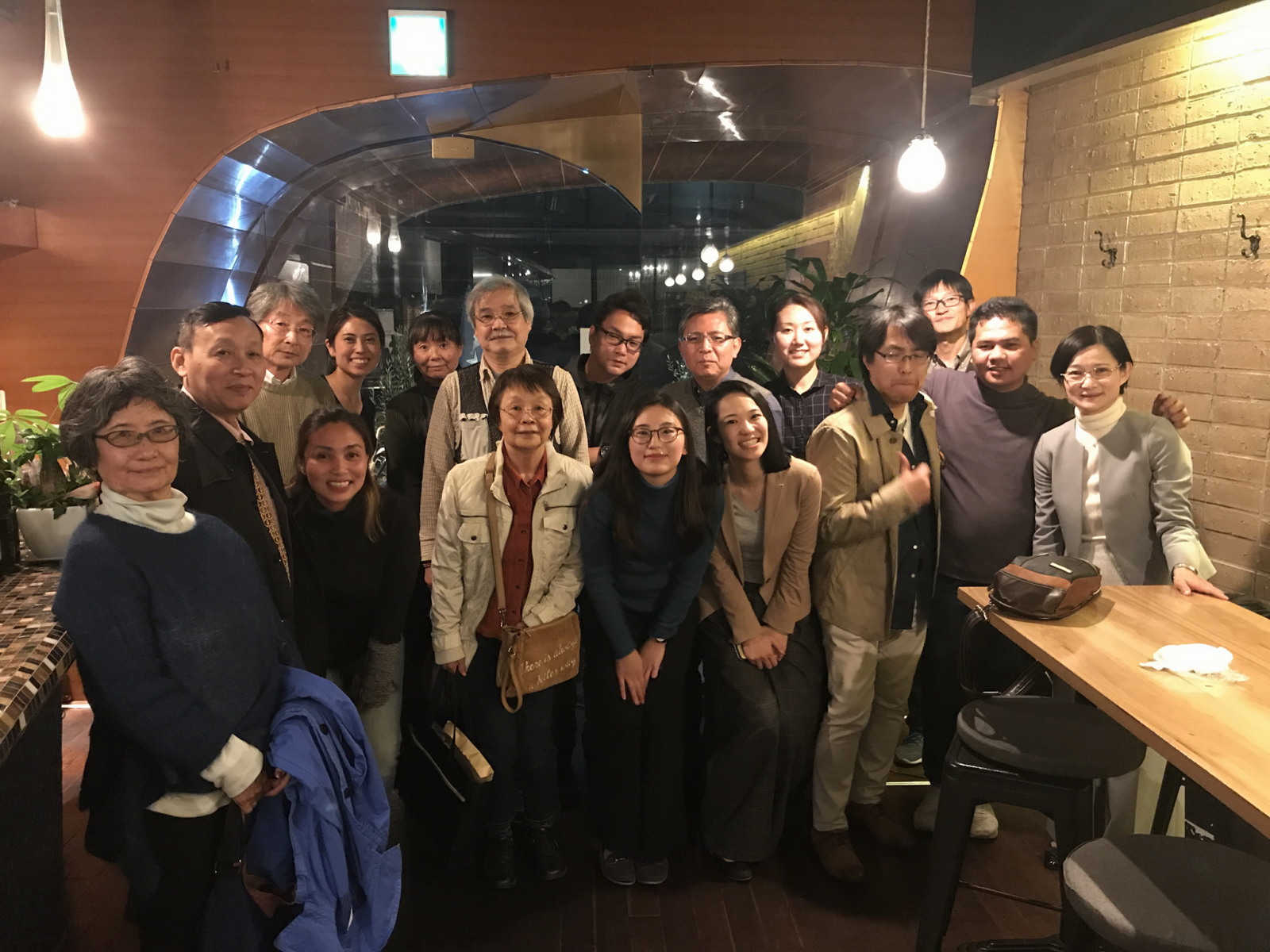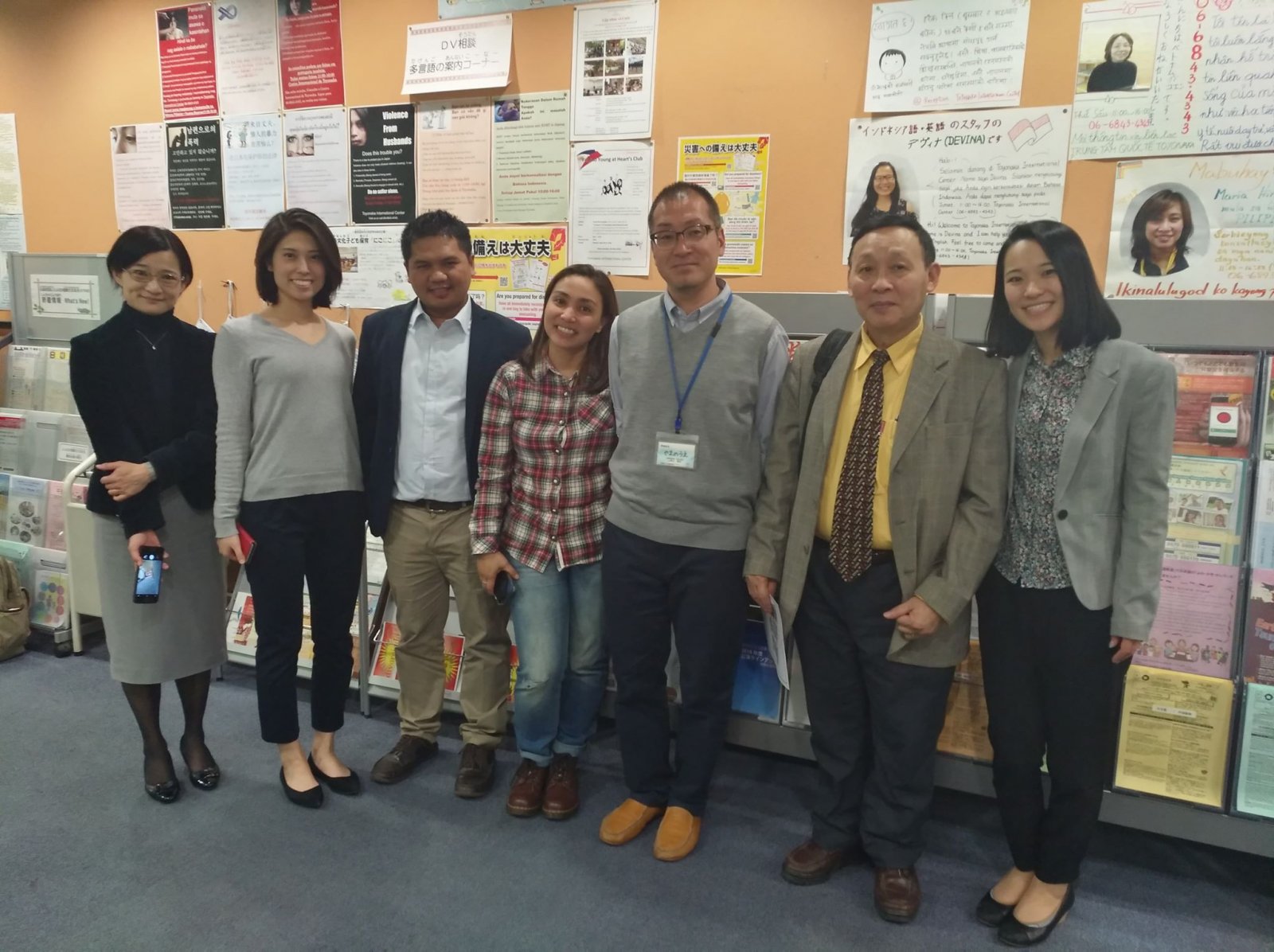A Mission for Change
Jun 5, 2019
Story




Philippines is one of the largest sending country of migrant workers, compared to other countries in ASEAN, Philippines has the most advanced mechanisms for migrant labor recruitment and overseas deployment. I had once experienced interviewing former migrant workers with journalist who became a friend Ms. Saraswathi, https://www.migrant-rights.org/2018/03/stories-of-origin-philippines-ii/ we went to Manila as well to rural areas to identify the reasons behind migration. These people tend to work in the Philippines but there are problems at work such as low wage, the lack of descent work, social protection, contractualization, harassment, abuses and many more.
Way back twenty years ago, I am always excited to receive a box full of imported things, nike shoes, DM’s boots, samick electric guitar, imported corned beef and a huge can of Anchor milk in Arabic alphabet. These are some of the beautiful things that I received from the huge box sent by my father, we call it Balikbayan box. I also remember how my father and mother communicate through cassette tapes, we use a voice recorder and snail mails. My father was an OFW, he worked as a consultant engineer in Saudi Arabia in early 90’s, because of all the beautiful things that I received, I also thought of working abroad might give me a good future.
After 5 years working as an OFW, my father decided to settle here in the Philippines for good, and sadly it became the reason of my family’s breakdown. I have four siblings who depends on me and as the eldest I took the responsibilities. I tried to study and work at the same time but it failed, year 2000, I worked in Japan as an overseas performing artist or OPA. It was not easy. I had seen and experienced living and working abroad and I don’t want my children to experience the same experience I had.
Nine years ago, year 2010 I was anxious and scared to comeback home for good. I am afraid of the lack of possible job opportunities, I am afraid that I could not give my children a better future if I’ll stay in the Philippines, but despite of all the troubles, I still did, until today 2019, hurray for staying nine years living in my loving country. I know that I have a dream and it is not for me to work as an OPA until I get old, but to be a visual artist.
Since 2015 I submerged myself in fighting for the rights of migrant workers, especially the issues of women and children working and living abroad, as well as the returned migrant workers, I use art to promote awareness and change in the causes I believed in which brought me to be part of the program by Sasakawa Peace Foundation (SPF) last November 2018. https://www.spf.org/en/spfnews/information/20190111_01.html?fbclid=IwAR1...
The project visit helped me understand the current situation of migrant workers in Japan, the program made me visualized the undenying migration cycle. Since early 1990’s technical trainee program was implemented, it opened the door even further to unskilled workers, it allows Japanese companies to employ short term workers mainly from the global south countries. Last November Japan brought a controversial new labor policy which will open blue collar jobs and workers from countries such as Vietnam, Thailand, Nepal, Indonesia and Philippines. The amendment to Japan’s restrictive immigration laws is expected to bring in an estimated 500,000 workers until 2025, because of the rising problem of the ageing workforce of Japan where 28% of the population is over 65 years old and the birth rate is falling.
After a nine days visit last November in Japan, I felt something familiar, the situation back 19 years ago is still happening, discrimination and unequal support from the companies, the managers and employers that I had is still happening right now. I know why I had to go back in Japan. I am grateful that Sasakawa Peace Foundation is the bridge that connected me along with Binh from Vietnam and Awigra from Indonesia who wrote something about the visit and featured SALA Asia Shokudo in Kobe. https://magdalene.co/news-2009-asian-women-migrant-workers-offers-food-t...
http://kobe-sala.asia/2018/11/27/cecil%e3%81%a8sala%e3%80%82%e3%82%a8%e3...
to connect and reconnect me and my two fellows to other organizations, academe and supporters who are working on the same pace on making change for the better equal future of the migrant workers living in Japan. The visit also inspired me to create a new painting and poem entiled “Sirkulo ng Impukang Gahamang Kalayo, (The Cycle of Addiction from the Saving Fire)" which is the cover picture of this article.
Ref:
https://www.migrant-rights.org/2018/03/stories-of-origin-philippines-i/?...
http://theconversation.com/japans-desperate-need-for-migrant-workers-a-w...
https://www.migrationpolicy.org/article/its-population-ages-japan-quietl...
https://www.spf.org/en/spfnews/information/20190111_01.html?fbclid=IwAR2...
Migrant Worker’s Rights in ASEN Region: A Baseline Study by Human Rights Working Group (HRWG)




